Mitigating cybersecurity risks in the supply chain is crucial for organizations to ensure the security of their data and operations. Several best practices can be adopted to manage these risks effectively. At E-Panzer Security, we employ key strategies that include:
- Risk Assessment: Conduct a thorough risk assessment to identify and understand the nature and extent of cybersecurity risks within the supply chain.
- Compliance Standards: Establish compliance standards for all third-party vendors, including manufacturers, suppliers, and distributors, to ensure that they adhere to cybersecurity best practices.
- Prioritization of Risks: Categorize and prioritize the identified risks, dealing with the highest-level risks first.
- Cyber Supply Chain Risk Management (C-SCRM): Implement C-SCRM practices, which involve identifying, assessing, and managing cyber risks within the supply chain.
- Awareness and Training: Provide cybersecurity awareness and training programs for employees and third-party vendors to enhance overall security posture.
- Continuous Monitoring: Implement continuous monitoring of the supply chain for any potential cybersecurity threats or incidents.
By adopting these best practices, organizations can strengthen their cybersecurity defenses and minimize the potential impact of cyber risks within their supply chain.
Cybersecurity risks in supply chain management can have significant consequences for businesses. Some common cybersecurity risks in supply chain management include:
Third-Party Vendors and Suppliers:
● Compromised Suppliers: If a supplier’s systems are compromised, it can lead to unauthorized access to sensitive information or the introduction of malicious software into the supply chain.
Data Breaches:
● Loss of Confidential Data: Theft or unauthorized access to sensitive data, such as customer information, financial records, or intellectual property, can occur at any point in the supply chain.
Malware and Ransomware Attacks:
● Infected Systems: Malicious software can be introduced through infected files or links, leading to disruptions, data loss, or even ransom demands.
Phishing Attacks:
● Social Engineering: Cyber attackers may use phishing emails or other social engineering techniques to trick employees into revealing sensitive information or providing access credentials.
Weak Security Protocols:
● Inadequate Security Measures: Poorly implemented security measures, such as weak passwords, lack of encryption, or outdated software, can expose vulnerabilities in the supply chain.
Insider Threats:
● Malicious Insiders: Employees or contractors with access to sensitive information may intentionally or unintentionally compromise the security of the supply chain.
Counterfeit Components:
● Supply Chain Integrity: Counterfeit or tampered components can enter the supply chain, leading to product defects, performance issues, or compromise of critical systems.
Internet of Things (IoT) Vulnerabilities:
● Connected Devices: With the increasing use of IoT devices in supply chains, vulnerabilities in these devices can be exploited to gain unauthorized access or disrupt operations.
Lack of Supply Chain Visibility:
● Limited Monitoring: Inability to monitor and trace products or components throughout the supply chain can make it challenging to identify and mitigate potential cybersecurity threats.
Regulatory Compliance Issues:
● Non-Compliance: Failure to comply with cybersecurity regulations and standards can result in legal consequences and damage to the organization’s reputation.
Physical Security Risks:
● Unauthorized Access: Physical access to warehouses, data centers, or other facilities by unauthorized individuals can lead to theft, tampering, or damage to critical infrastructure.
Dependency on Cloud Services:
● Cloud Security: Reliance on cloud services without proper security measures can expose the supply chain to data breaches, especially if the cloud provider is compromised.
It’s Time to ACT
At E-Panzer, we have learned over the years to mitigate these risks, organizations should implement robust cybersecurity policies, conduct regular risk assessments, and establish a comprehensive cybersecurity strategy that addresses the entire supply chain ecosystem. Regular training and awareness programs for employees and partners can also help strengthen the overall cybersecurity posture. It is essential to have the technology and expertise in place to stop cybercriminals from having access to your most vital data.
Is there anything more important than your peace of mind and a real sense of security? No matter the size of your organization, we think not. Let the experts at E-Panzer security team help… Contact us NOW.
















